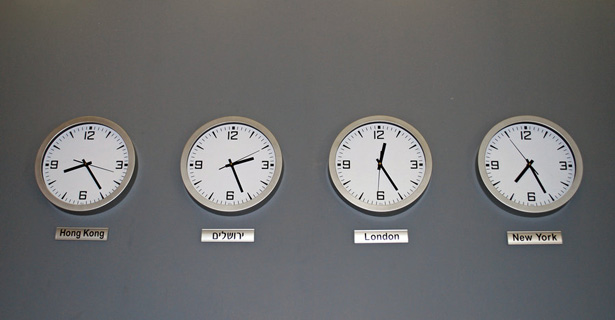Effective Communication: Getting All You Can Out of What You've Got
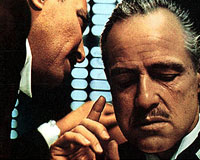 In a highly competitive business environment, good communication is the engine of success.
In a highly competitive business environment, good communication is the engine of success.
As a designer, your grasp of the art and science of social bonding is just as important as your ability to put pixels together.
With social media so ubiquitous, much can be achieved... and overlooked. When sharing interests and experiences online is so easy, people put less effort into maintaining their relationships, thus shortening the average life of an interpersonal connection.
A close look at the problem reveals that minimal effort can turn contacts into veritable relationships. Basic practices such as attentiveness, courtesy and friendliness can make each of your connections more meaningful and valuable. The advantages may be apparent or hidden, and they lead to client loyalty, referrals and a healthy public image.
Here you'll learn how to enhance your communication strategy and make the most of every connection by keeping a few simple principles in mind.
Can't Do the Job? Offer Advice
Saying no to a job offer is okay, but that doesn't mean you have to reject the client. If offering your services is not possible, then offer some advice. Expert tips are valuable. At the very least, the company will appreciate your willingness to help, and that's good for your reputation.
Let's say that your quote is higher than a prospective client can afford, and you have to turn down the project. If it's a matter of doing a couple of hours of extra work, think about taking it on anyway; most clients will appreciate the sacrifice. If you definitely can't do it, perhaps you could include suggestions (based on what you know about the project) in your email declining the work.
A wide range of website-building services could be useful for low-budget projects, but less web-savvy clients might not know about them. Here are a few you could bring to their attention:
- Site2You is an all-in-one solution for setting up and maintaining a business website. It includes a user-friendly website builder, e-commerce functionality (if enabled), hosting and domain-name services and professional support, all for quite an affordable price (plus a free trial).
- Wix is a user-friendly Flash website builder. Both free and paid accounts are available. It's an attractive option for non-professionals.
- WordPress is a decent website-building tool as well. You could even refer the client to a WordPress theme developer who you know, thus doing them two favors in a turn. Good karma!
Don't leave the client helpless.
Always ask permission before dispensing advice; people will likely appreciate your input, but less so if it's unsolicited.
Instead of wasting time reviewing projects that you're not going to do and dwelling on lost job opportunities, communicate with these contacts. They will be grateful and will keep your name on their shortlist.
Recommend People To Work...
...with you: You probably know what's happening in the design world and, because of social networking, can see who is doing interesting work.
Make contact and build relationships with other design experts and specialists so that when a project that requires it, you'll be able to suggest competent copywriters, developers or illustrators. You'll increase the chances of the project's success and, thus, contribute to your own professional success.
...instead of you: Hard work won't get you every great gig. If you receive an exciting job offer but your schedule is already full, don't get upset; you will make another designer happy by sending the client their way-and helping others feels good. Yeah, you'll lose a great project and a potentially regular client, but that would have happened anyway, right?
Get the most out of the situation by serving as a link. (And remember: refer clients only to professionals who you trust.) Whatever the project's outcome, your gesture won't be forgotten; the client will likely look for an opportunity to return the favor.
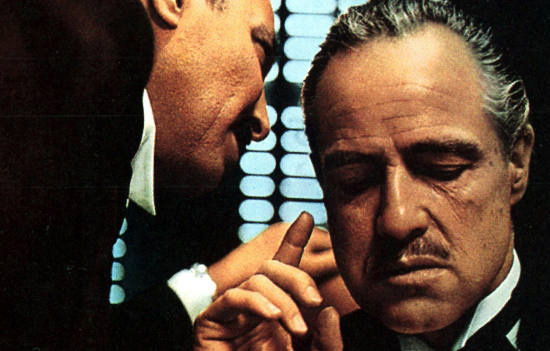
Never underestimate the value of word of mouth.
By the way, you might also like reading Web Designer's Guide to Copywriting Profits.
Create a list of competent professionals who you could recommend to clients. You'll show that you have a comprehensive grasp of the field, which they'll appreciate.
Set Up a Friendly Email Policy
Your handling of email can make or break your communication strategy. We don't have to look far for examples: just count the number of important connections you've established and maintained via email.
If email is your main communication medium, then put a suitable amount of effort into managing it. At the same time, put reasonable limits on the amount of time you spend on it.
Here are some simple techniques to manage email effectively. They might seem obvious-and they are easy to do-but they still get overlooked.
Auto-Reply
Using an answering machine is hardly a personalized approach, but it's better than letting clients and others guess whether their emails have reached you.
Before going off the grid, write an automated reply to inform correspondents that you will contact them upon your return.
Automated replies are also useful for those who are lucky enough to attract a high volume of inquiries (not counting spam, of course). But do not promise to get back to someone ASAP if you're not sure you can. Sure, saying so sounds better than something like, "Sorry, I can't answer every message because of my high volume of email," but it will put people off if you don't follow through on your word.
Fast Response
Answer your emails promptly and clients will love you for it. Seriously, do it. Composing a message takes only a minute. You might not be able to solve their problems in that email, but a quick response is still appreciated.
Showing your concern will distinguish you from the client's other contractors and partners.
Don't keep people waiting.
Make a Good Impression
When approaching someone for the first time by email, make sure your message gives the right impression. Always check your spelling, and use a friendly but dignified tone of voice. Include a tasteful signature, but make sure the message, not the signature, is the focus.
When you want to inform your client base about important news or remind them that you exist, you'll probably use an HTML newsletter. Before designing one, investigate which email service most of your recipients use so that you avoid problems with rendering and display.
Here are a few tools and resources to enhance your email communications:
- WiseStamp is a handy browser extension to design an email signature.
- CampaignMonitor offers a wide choice of sleek (and free!) newsletter templates.
- Cakemail is another place to look for solid HTML newsletters.
- "A Guide to Creating Email Newsletters."
- "The Art and Science of the Email Signature."
Give Thank-You Gifts and Offer Freebies
A thank-you email might not feel like enough for a long-term client. What about cool office knickknacks or t-shirts? Never wait for the client to show their appreciation first; if you have enjoyed working with them, go ahead and show it! People will be twice as ready to help you out in future if they feel appreciated.
Don't use gifts to suck up, though. If you have failed in a project, a fancy present won't make the client ask you back again. Sincere gifts and gestures can only strengthen healthy relationships.
Another great way to tighten the ties in your network is to give stuff away. You could design and share freebies for your blog readers or social network pals. And don't be afraid to re-gift; perhaps you have unused discount coupons, gift cards or other promotional items that you won in giveaways.
Luck is a funny thing; it often happens that we only get for free the things we don't really need. But what you find useless, someone else might benefit from. Why not put it to use? Don't let a coupon expire or a cool but ill-fitting t-shirt lie in your closet unpacked and collecting dust. Give it away. The simple act will get you kudos and a lot of attention. Swapping less for more: sounds like a great deal to me!
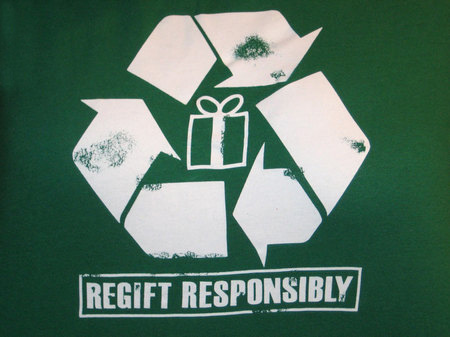
Announcing a give-away on Twitter or Facebook makes re-gifting a zero-risk enterprise.
Don't Forget About Live Communication
Most of your work-especially if you're a freelancer-takes place online. You might not notice that you're gradually shifting into virtual-only mode, because your friends and clients (and everyone else for that matter) are just an email, tweet or Facebook message away.
Don't be fooled by the unlimited pseudo-connectivity. Digital communication does not replace actual socializing. A photo gallery of your college reunion on Facebook won't feel at all like the real thing, and watching recorded talks from a design event differs vastly from the experience you would have had if you were there in person.
More importantly, by limiting your communication to emails, IM, online social networking and Warcraft raids, you might lose some social skills and erode your ability to consult, negotiate and talk with actual people face to face. That still matters.
You might also enjoy reading "A Life Guide for the Antisocial Freelancer."
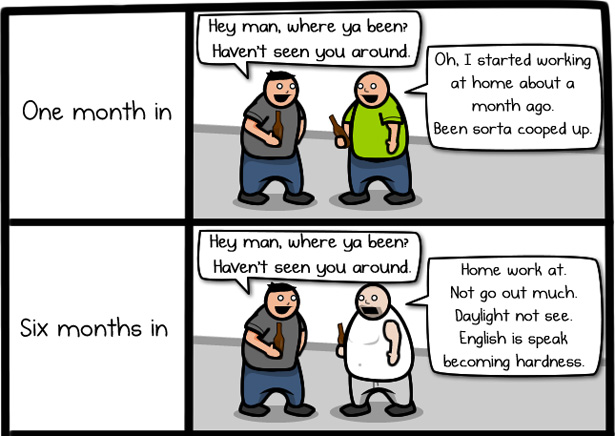
What might happen if typing becomes your main way of communicating with others. (Image: The Oatmeal)
A ton of books and resources explore the principles of effective communication. The techniques won't always come naturally, despite being "social" in nature.
Basic qualities like attentiveness, courtesy and willingness to listen can do wonders. Incorporate them into your communication habits and you'll gain empathy, appreciation and referrals from clients, peers and friends.
Written exclusively for WDD by Julia May. She is a freelance writer by occupation and a mix of curiosity, aspiration and appreciation of beauty in all senses by nature. She's currently running PhotoInterview, an online journal dedicated to interviews with talented photographers from all over the world. Follow Julia on Twitter: @indigomay
How do you communicate with your clients? Do you have any specific tips that have particularly worked out well for you? Please share with us!


